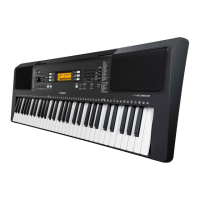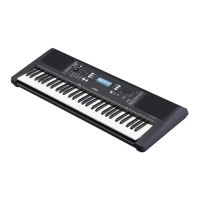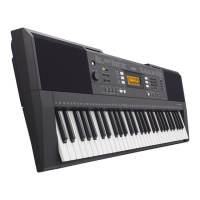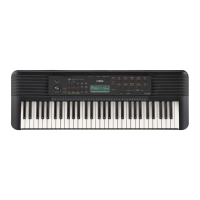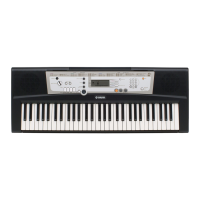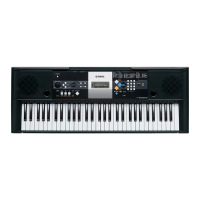How to restore Yamaha Musical Instrument to normal status after unexpected sound?
- KKatherine KempSep 12, 2025
If the keyboard performance and playback of Style/Song/Groove Creator on your Yamaha musical instrument produces an unexpected or inappropriate sound that cannot be restored to normal, it may be due to an unintended setting made by operating the LIVE CONTROL knob. To undo this, reset the panel settings by turning off DSP2, changing the Voice, Style, Song, or Groove Creator, or pressing the [PORTABLE GRAND] button.




